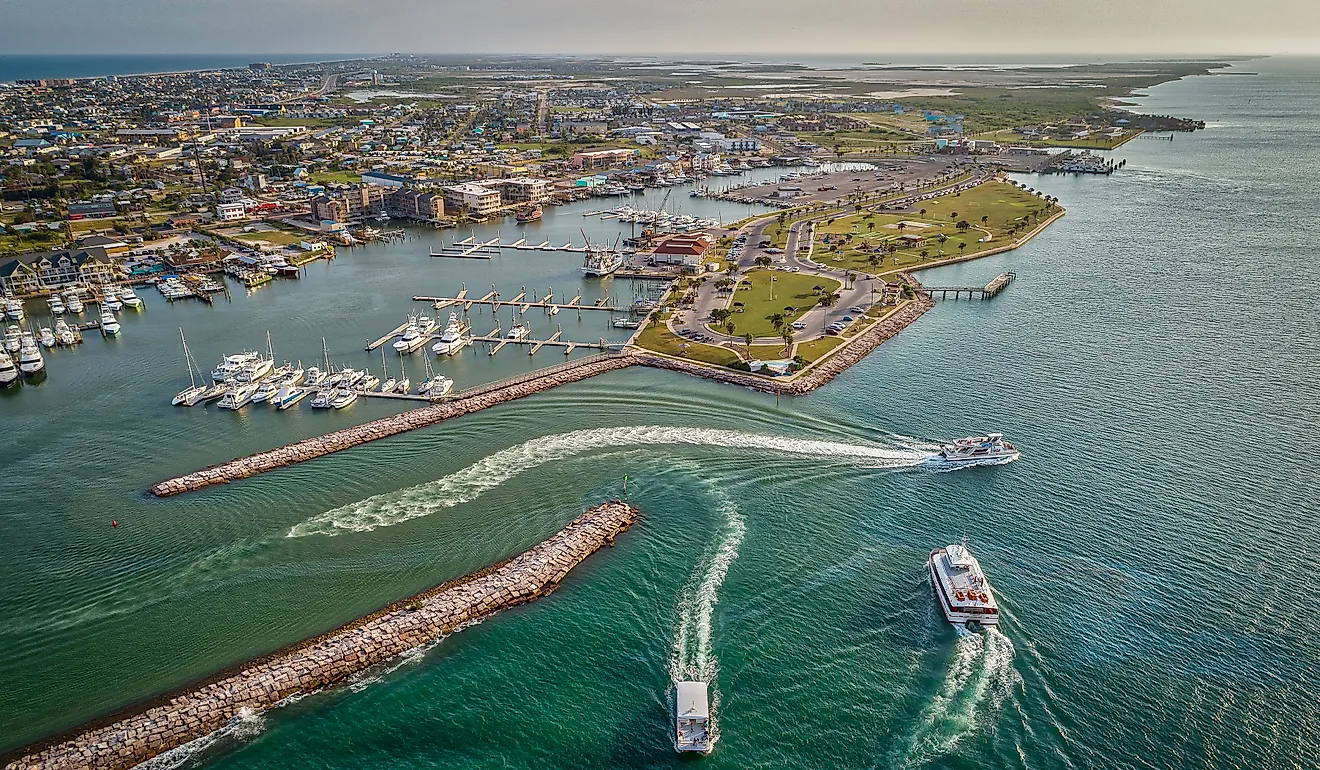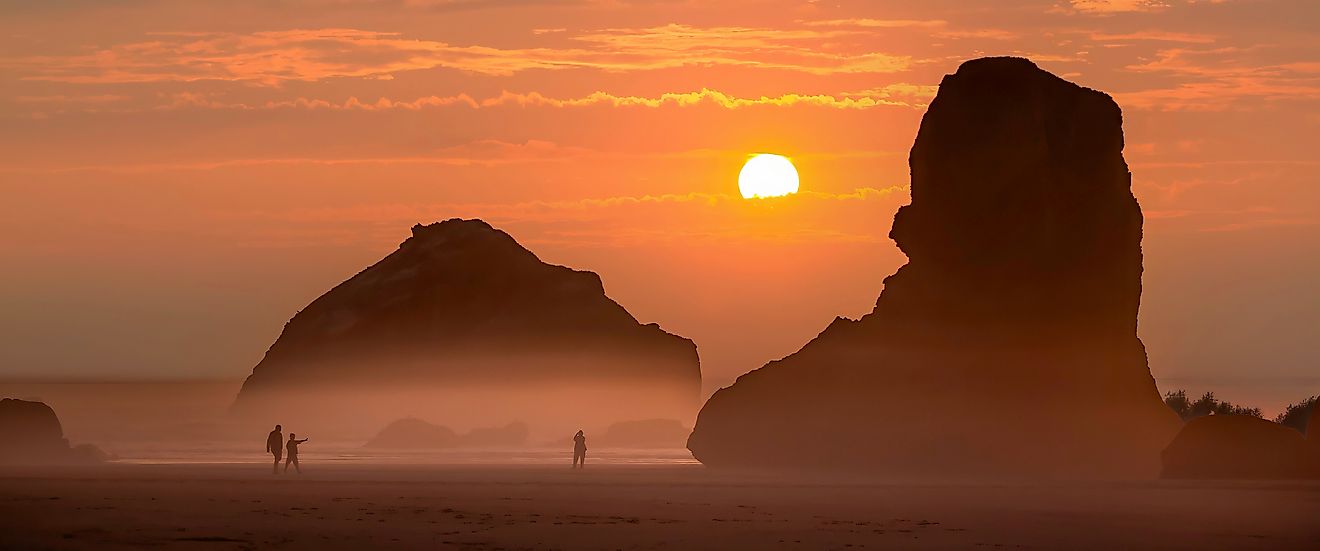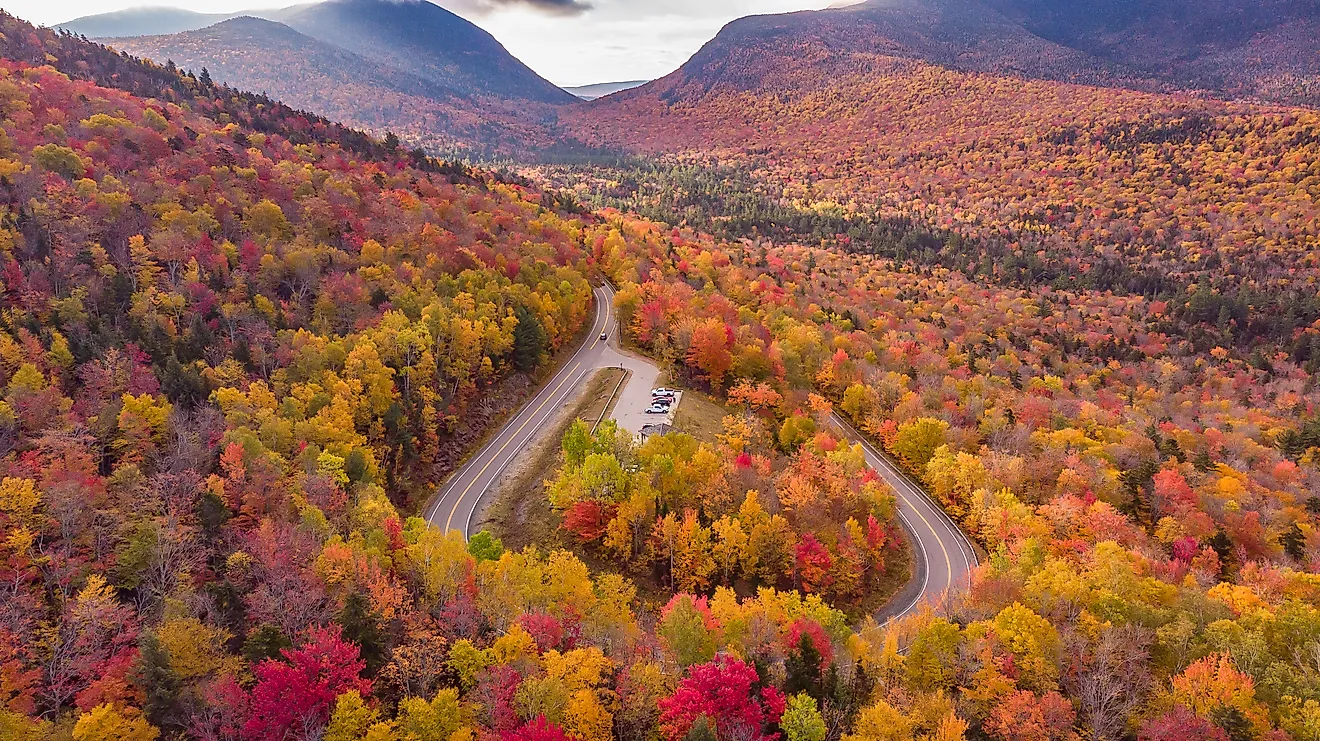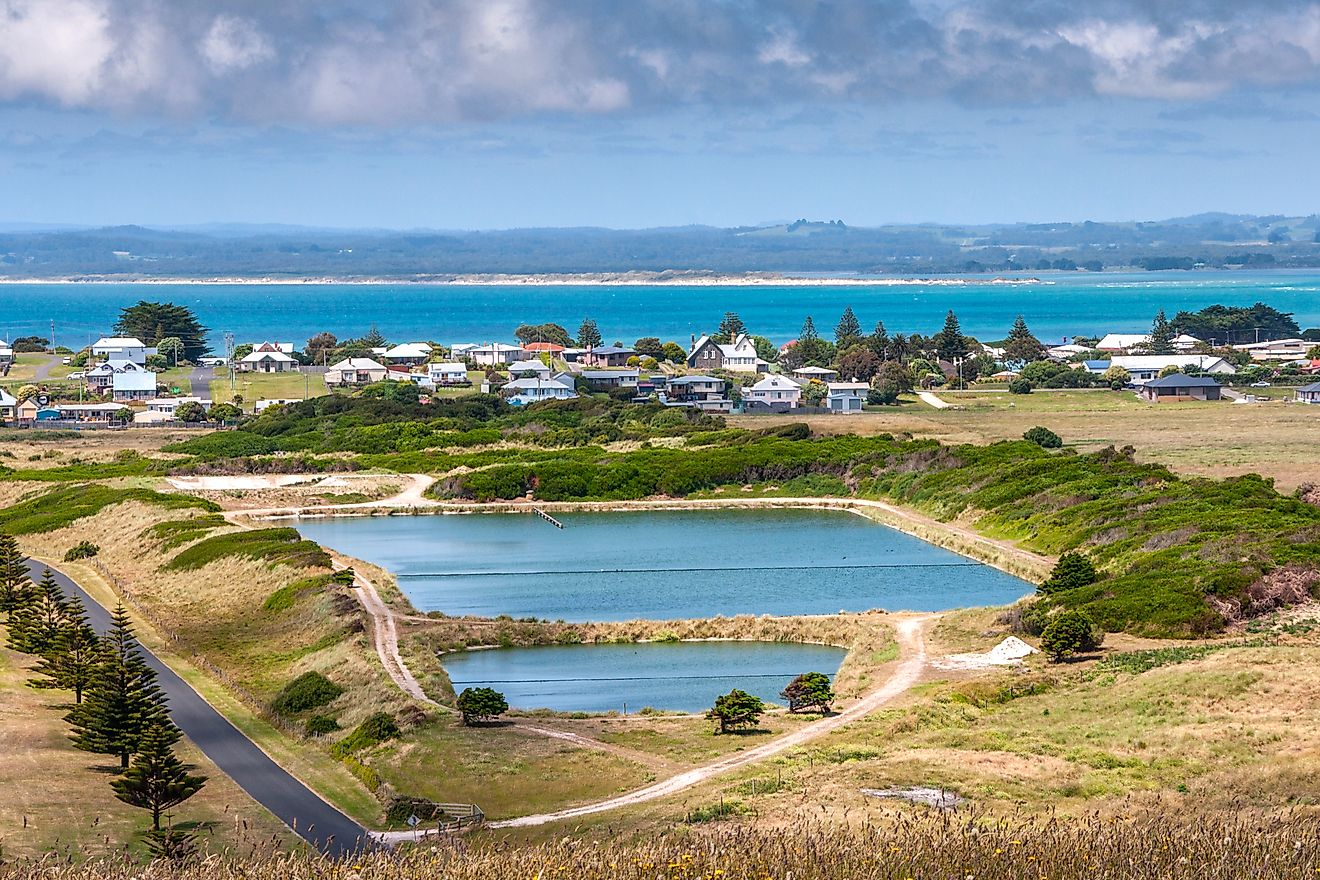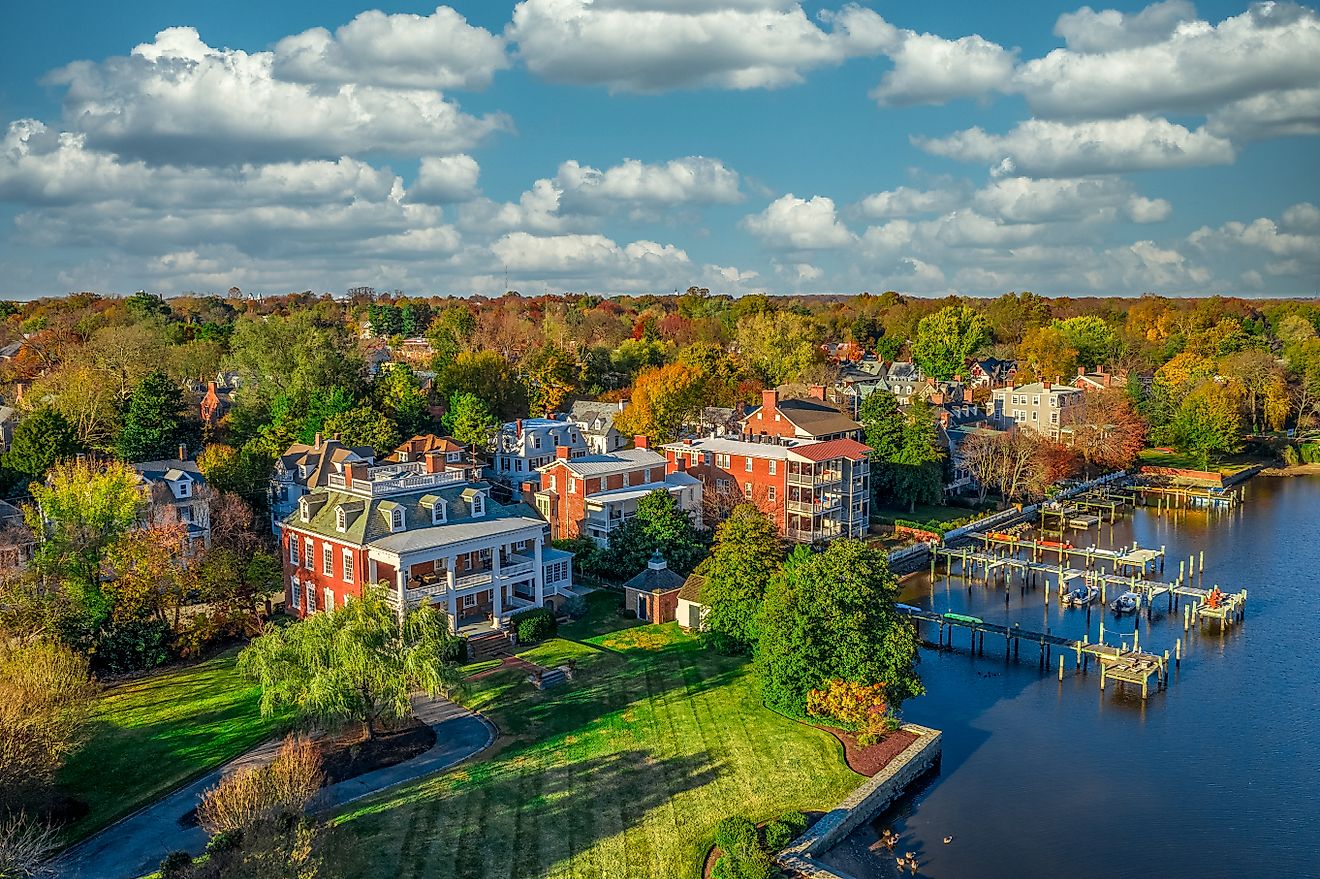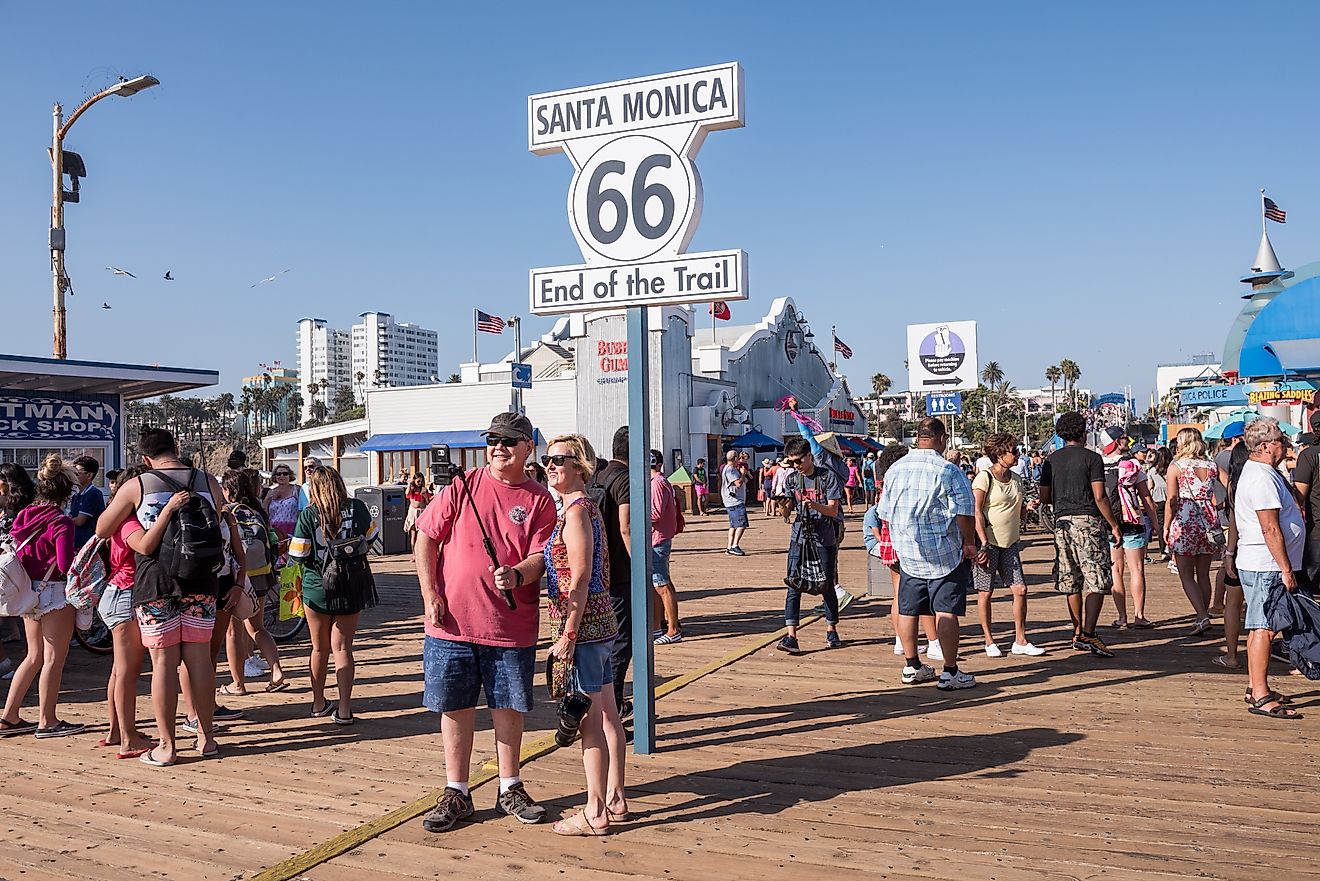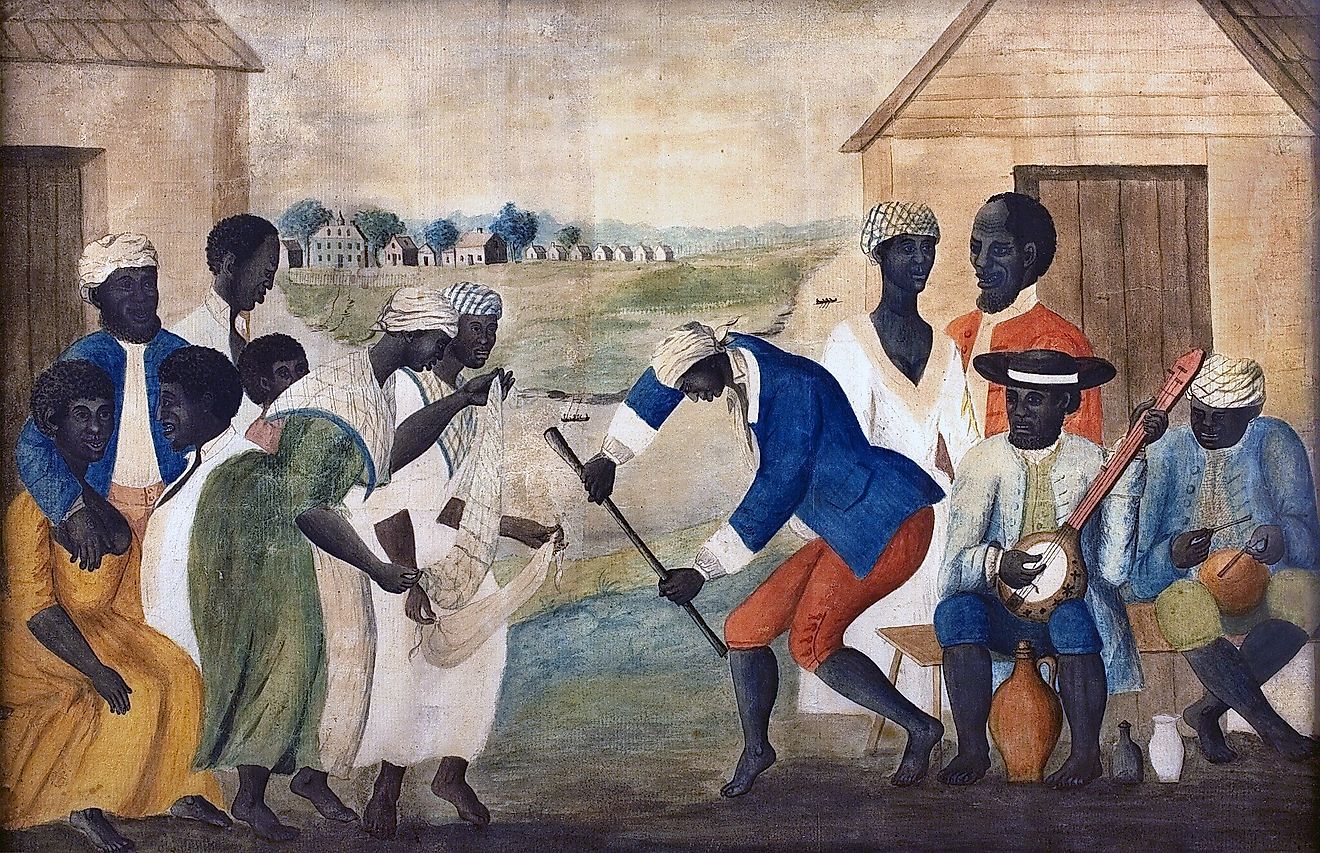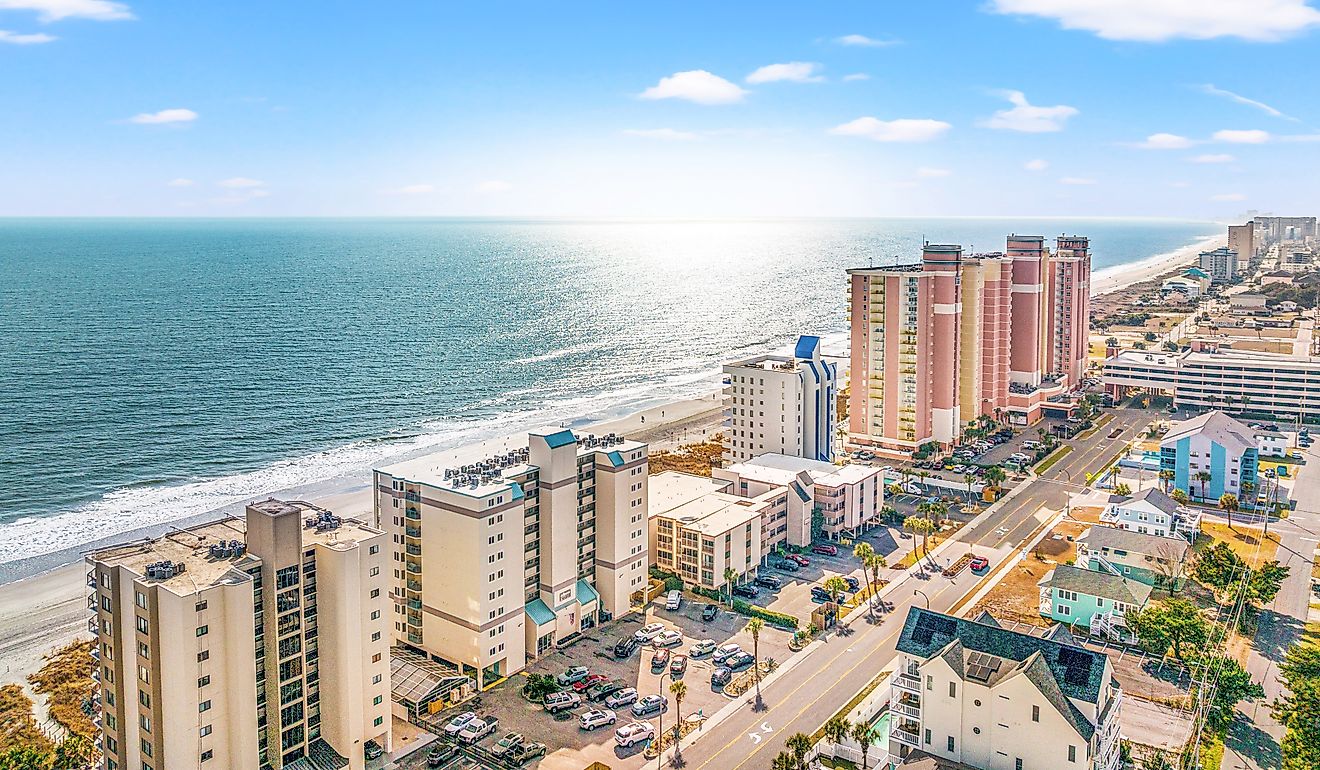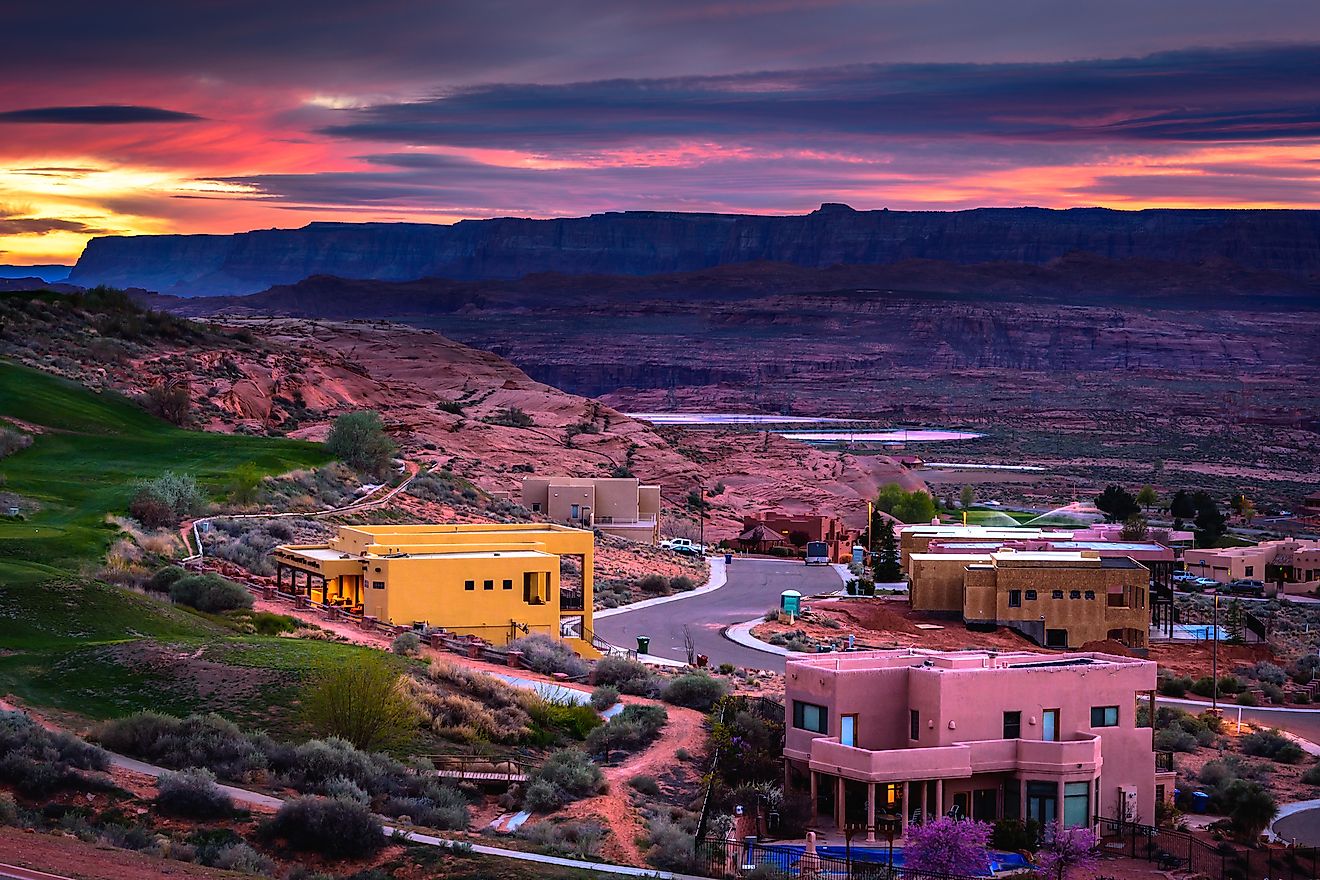
8 Overlooked Towns In Quebec Worth Visiting
Tucked into quiet forests and along small lakes, Quebec has several overlooked towns. It’s odd, given that the province holds some of the country’s earliest settlements beside vast stretches of wilderness. There are mountains, broad shores, and plenty of space to roam. These towns sit in familiar regions but rarely attract much attention.
La Malbaie
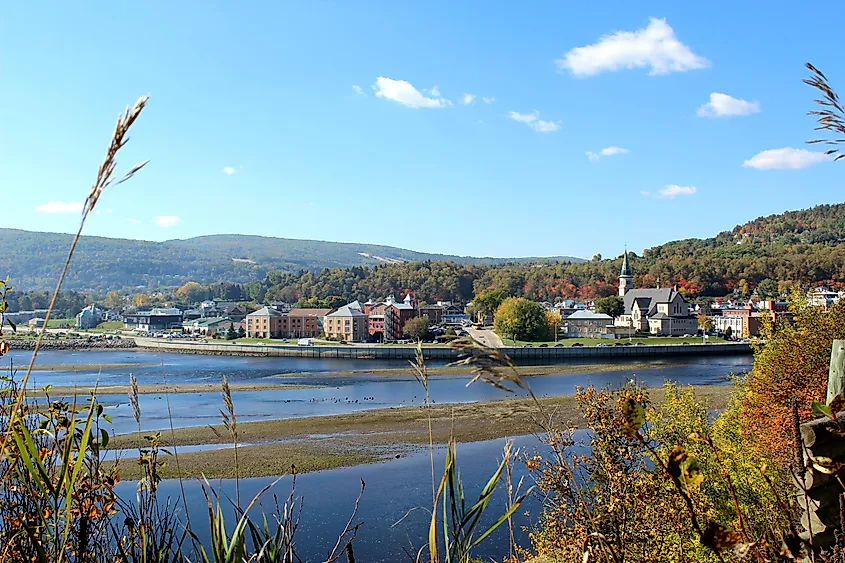
A meteorite hurtled to Earth 450 million years ago, creating a 54-kilometer-wide crater known today as the Charlevoix impact crater, located within the region of La Malbaie. It ranks among the largest craters on the planet. The Observatoire de l’Astroblème offers exhibits, meteorite samples, and guided telescope sessions. For more of those open-sky views, stay at the Auberge Fleurs de Lune. Each room is decorated after a flower and looks out over the Saint Lawrence River.
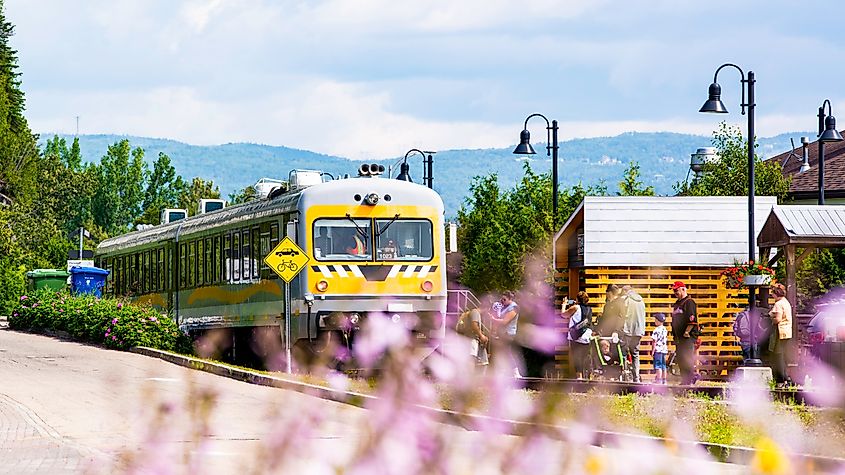
For a bite to eat, there is the Fromagerie St-Fidèle. They’ve been making cheese for more than 100 years and even sell ice cream during the summer. You can get a sense of the region’s heritage through the Cité Mémoire app. It’s a multimedia experience that includes augmented realities, projections, and a podcast created by artists Michel Lemieux and Michel Marc Bouchard.
Montebello

Within the Outaouais town of Montebello is the largest log cabin in the world, the Fairmont Le Château Montebello. The property combines chalet-style architecture with upscale amenities. In summer, guests relax in cabanas as boats pass along the river. In winter, it offers quiet après-ski comfort and access to wide snowy terrain. There are several dining options to choose from, including Aux Chantignoles, a gourmet restaurant and terrace.
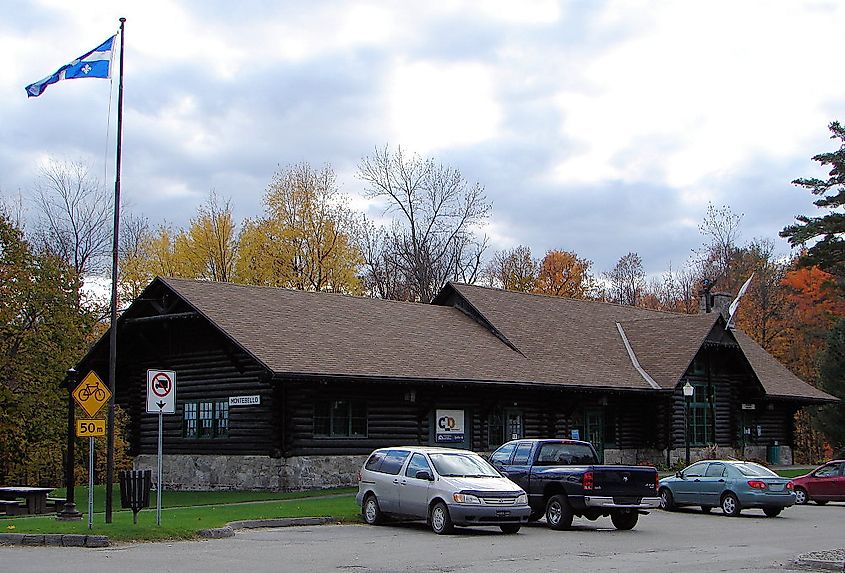
Parc Oméga offers a 12-kilometer safari-style drive that will have deer approach your vehicle, expecting nibbles of carrots. Follow the signs and safety instructions. For a more intimate affair, try “Cocktail with the Wolves.” It brings visitors close to the wolves in a controlled setting, letting you come face-to-face with these animals over drinks. Montebello has its measure of boutiques, as well. Bonheur de Passions is a home décor shop with antiques and small curios set inside a 1926 house.
Havre-Aubert
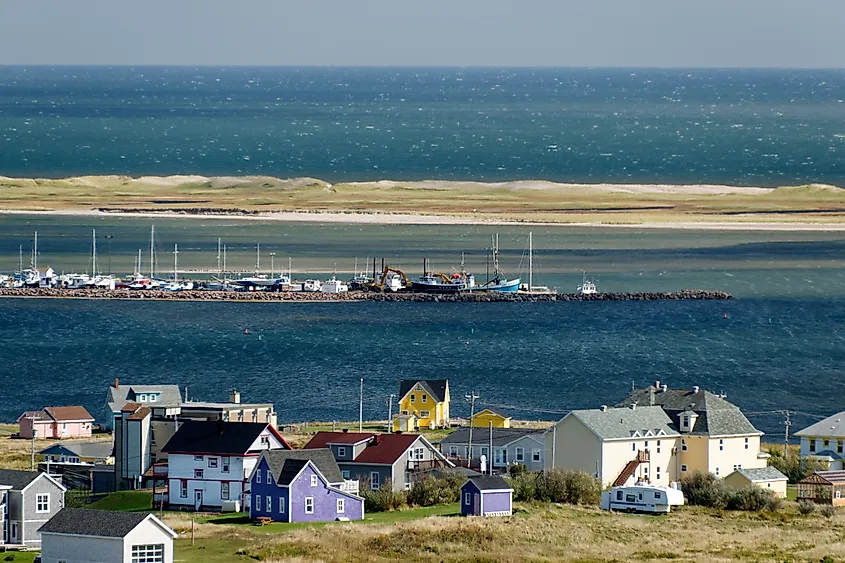
The first Acadians to arrive at the Îles-de-la-Madeleine settled in Havre-Aubert. Their presence is still evident in the traditional homes that dot the sloping hills. La Grave is the oldest commercial site in the archipelago, as navigators frequented it throughout the 17th and 18th centuries. Now, it’s a tourist hub where you can find shops, restaurants, and cafés around its pebble beach, such as Limaçon, which sells crafts and jewelry. They can turn beach stones you find into pendants. Many places operate seasonally, so hours vary.
Reaching the islands takes some planning. Travelers must first get to Souris, Prince Edward Island, to take the ferry. The crossing lasts five hours. There are also flights from Air Canada, among others. To learn more about the history of the “Lonely Islands,” visit the Musée de la Mer. Their permanent exhibition details the lives of those early wanderers, traders, and castaways who hailed Havre-Aubert home.
Chibougamau
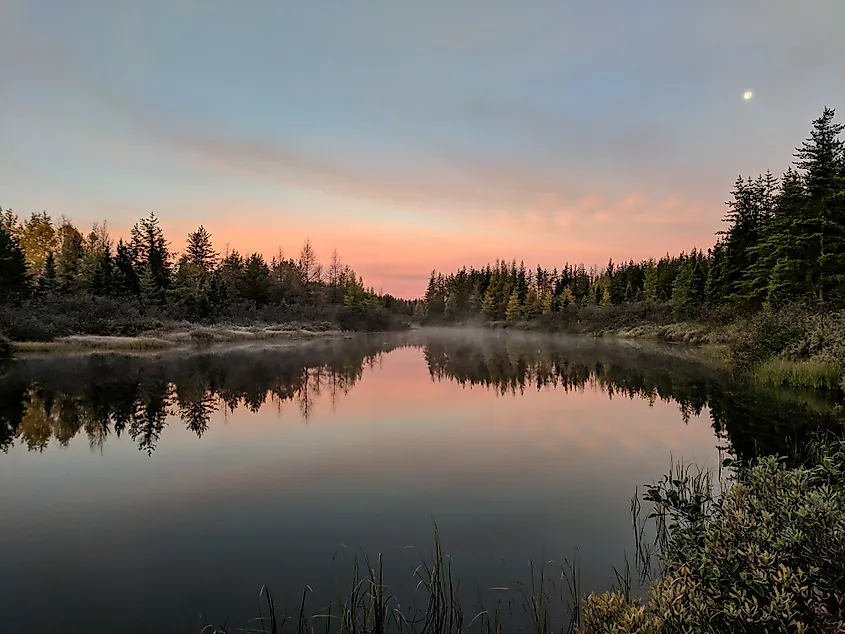
Entrenched deep in the boreal forests of northern Quebec is the Jamesian community of Chibougamau. Chibougamau Aventure offers several ways to experience the surrounding wilderness, including off-trail snowmobile tours, precision shooting, and even reforestation activities. They also offer accommodation in their unique domes and villas. The Parc régional Obalski is open throughout the year with lookouts, fishing docks, and picnic areas. In warmer months, wild berries ripen. Ski and snowshoe rentals are available at Mont Chalco for traversing fresh powder.
Chibougamau is in close proximity to numerous Cree communities, many of whom call Chibougamau home. After all, the town’s name does translate to “gathering place.” The Chibougamau Enou Friendship Centre continues to host events and promote Indigenous culture and traditions, a tradition that began in 1969. Their boutique sells original artwork like moccasins, mittens, and traditional tamarack decoys. Clear nights often bring views of the Northern Lights. Waves of green, red, and purple often sweep across the sky.
North Hatley
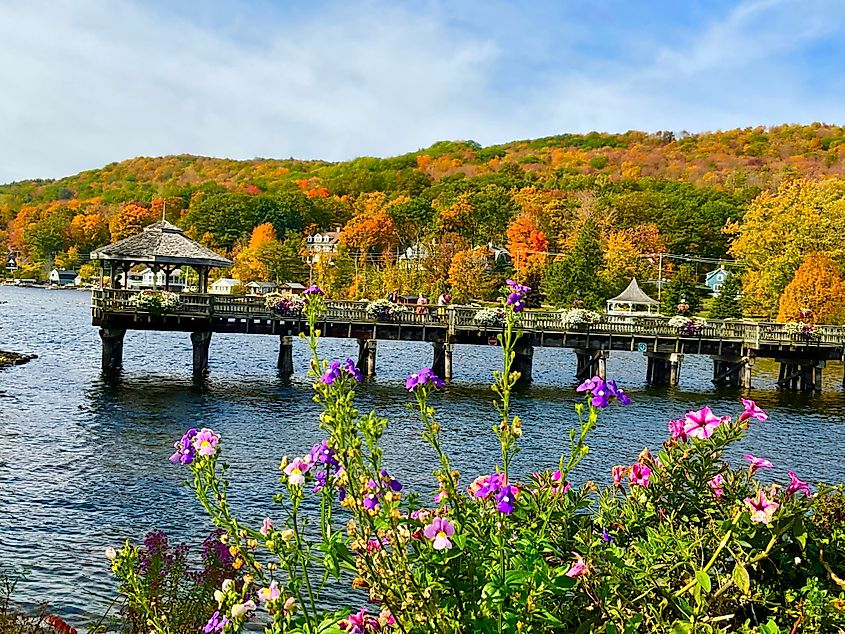
North Hatley rests on Lake Massawippi’s northern shores. The town draws visitors year-round. Centre équestre Robidas practices trail riding with its horses, so you can venture into the nearby countryside. They also give riding lessons without a bridle or saddle and have an indoor riding arena, though the horses Arthur, Winny, and Perseids don’t work Mondays and Fridays. The Solstice sauna offers a simple way to warm up and unwind. There are public and private options. Visitors need basic swim gear and towels. Most visitors cool off with a swim in Lake Massawippi.
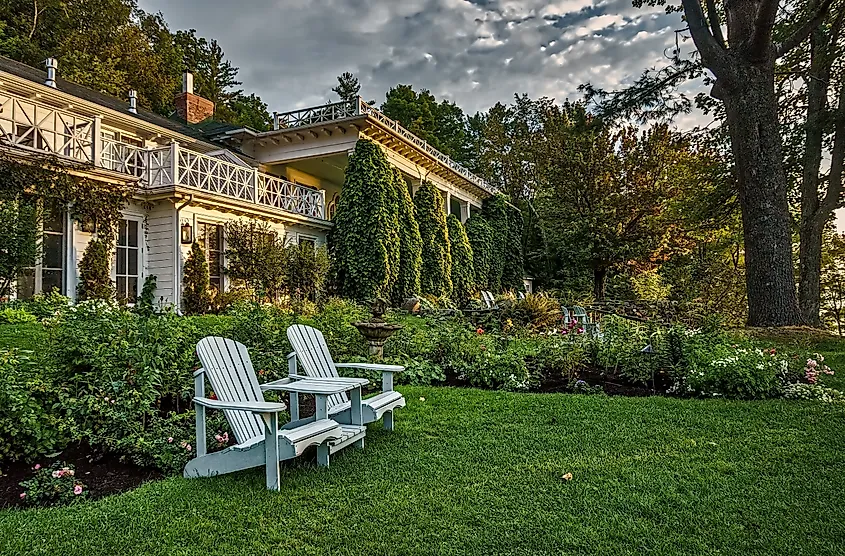
For lodging, the Auberge La Raveaudière is a country inn located within walking distance of restaurants, the marina, and the public market, yet secluded enough for repose. Breakfast is included, and the rooms have either queen or double beds. For something more theatrical, Le Manoir aux Mystères is dinner theater with actor-servers behind barricaded windows. Upon arrival, you will be welcomed, served, and then directed to your table by the inhabitants, where you can then enjoy an aperitif before soup, salad, fondue of your choosing, dessert, and coffee.
L’Anse-Saint-Jean
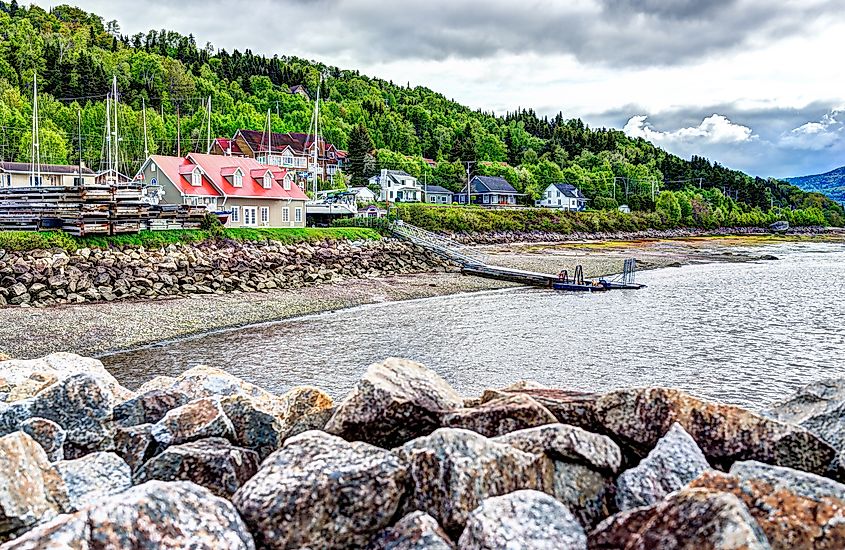
Starting at the top, we have Mont Édouard of L’Anse-Saint-Jean with 450 meters of verticality, 32 trails and glades, plus seven backcountry skiing sectors. The area sees heavy snowfall each year. There are lessons for beginners. For the dedicated, the Haute Route covers more than 200 acres of landscaped land. Visitors choose a route and a mountaintop refuge equipped for overnight stays. Mont Édouard also has a free outdoor skating rink as well as various forms of mountain biking.
L’Anse-Saint-Jean itself is situated on the banks of the Saguenay Fjord. With 30 years of experience, Fjord en Kayak will take you by steep cliffs, parks, and fauna such as belugas, falcons, and seals. They offer training for all levels. Their expeditions last two to six days, excursions for a few hours. They also have bundles for families with children. Back in town—among traditional houses, wrought-iron crosses, and bread ovens—you can enjoy Breton crêpes at Café du Quai. La Normande features brie, caramelized apples, and toasted almonds, while the Breizh contains salted butter caramel and is flambéed with brandy.
Carleton-sur-Mer
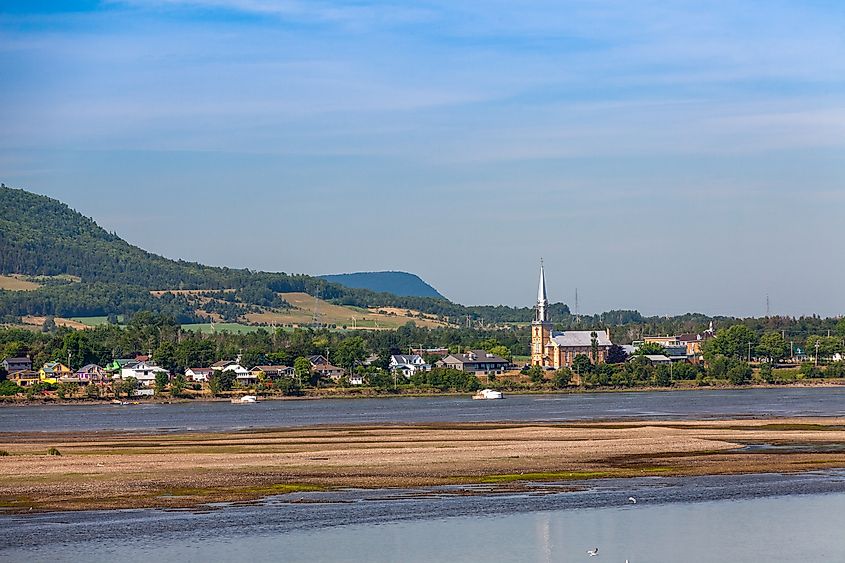
Carleton-sur-Mer, located on the southern shore of the Gaspé Peninsula, is a cosmopolitan gastronomic destination with influences from France, Japan, Italy, and Morocco. Le Marin d’Eau Douce is one example, housed in a 1820 abode just a stone’s throw from the Baie des Chaleurs. The kitchen blends local ingredients with Moroccan influences. For all in one, Le Naufrageur is a microbrewery, pub, and boulangerie.
The Baie des Chaleurs is widely appreciated for its scenic beauty and is particularly beloved by campers. The Carleton-sur-Mer Campground extends over the Banc Larocque that separates the barachois from the bay. The ground is level, so it is suitable for both motorhomes and tents. The campground includes a playground. Biking to the end of Avenue du Phare, you will reach Pointe Tracadigash where is found a classic lighthouse. The campground opens in June and closes in October for the season.
Kuujjuaq
Kuujjuaq is located in Nunavik, Quebec’s far north, in the Arctic region. Here, polar bears, musk oxen, and caribou trek over tundra and taiga. Kuujjuaq means “great river,” located on the Koksoak River’s shore; the Inuit know it as home. Flights are the only reliable way to reach the town year-round. Summer brings long days with only a few hours of darkness, while winter offers the reverse. Aventures Inuit has packages that include airfare, guides, meals, and accommodation at the Kuujjuaq Co-op Hotel. They organize dog sledding, igloo building, meetings with elders, canoeing, and more.
For fishing, hunting, mussel picking, and sightseeing, Etua’s Arctic Adventures is an Indigenous-owned business. They have day trips around the Kuujjuaq River, excursions to Limestone Falls, and expeditions to Kangirsuk aboard either a jet boat or a 28-foot Kingfisher. After a long day outdoors, the YVP Pub & Grill offers a warm place to eat. They have live music and smoke barbecue on Fridays.
Quebec Towns Not to Be Overlooked
There you have it, Quebec’s fair share of towns overlooked no more. It offers a diverse range of landscapes and a blend of long-standing and contemporary cultural traditions. Whether you ski, bike, hike, or wander, each town offers its own rhythm. People often travel far to experience what makes this province distinct. Distance isn’t a barrier for travelers drawn to these places.
